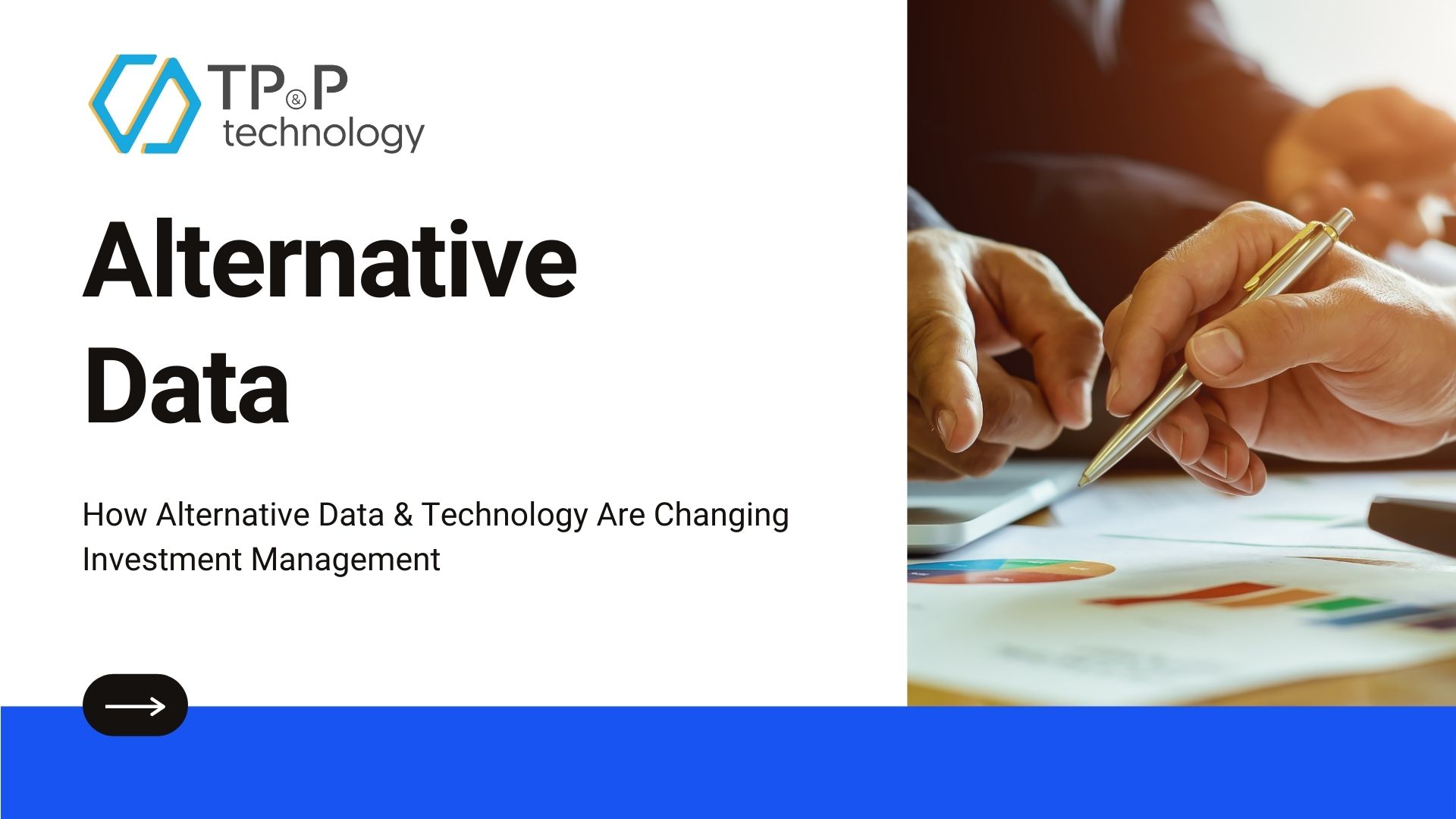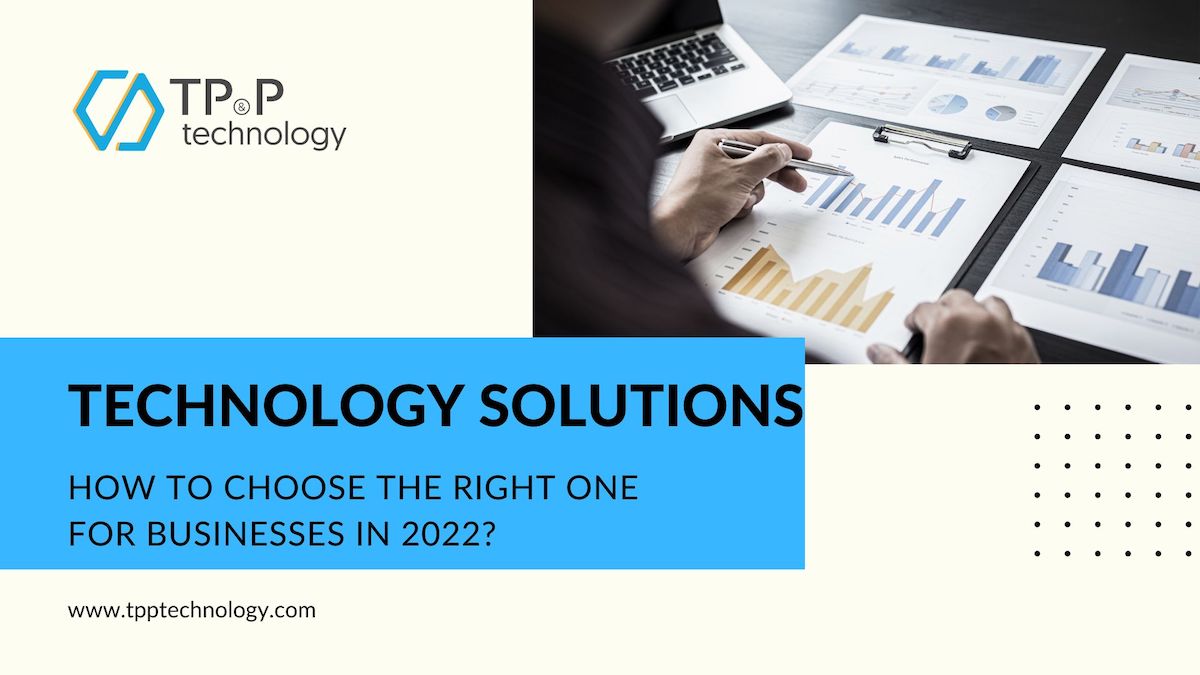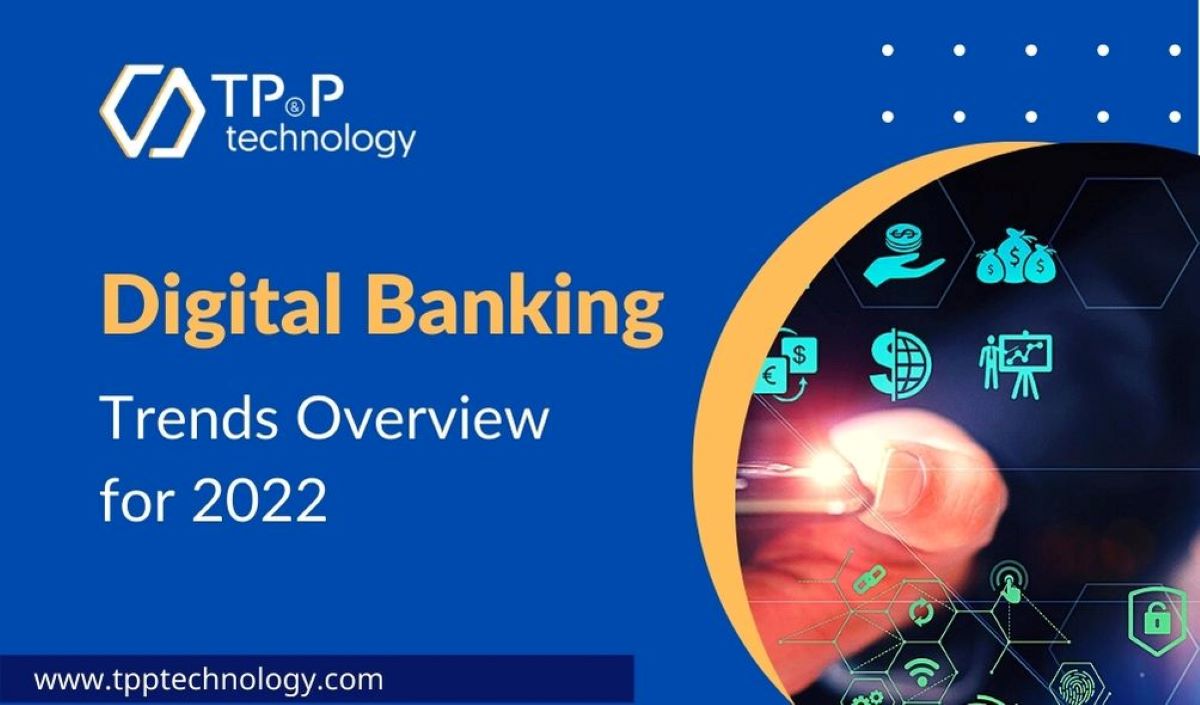
How Alternative Data & Technology Are Changing Investment Management
With technology gradually becoming a critical factor of the digital economy, business organizations in the finance and investments sectors are racing to break out of the traditional, established norms and embracing new factors like data and advanced analytics to compete and become industry leaders.
Data is the new asset, and you might be aware of this particular phrase already. Given the new types of data and their availability, as well as the advancement of Machine Learning techniques for models creation learning quickly from such data, it could be stated that we are only at the beginning of the journey in transforming the finance and investment industry globally.
Additionally, due to the Covid-19 pandemic, there has been a shift towards online activities that are driving firms to explore new types of data to support their decision-making.
Data is Critical
The figures related to data could be overwhelming to business leaders.
Today, more data is being generated than ever. Thanks to the constant evolving of technology infrastructure, with the price of hardware storage and computer equipment becoming more affordable, the capacity for businesses to collect and store data is more effective than ever.
For instance, the introduction of distributed databases, where data is stored across several locations, offers better reliability, in comparison to centralized databases, allows for more efficient parallel processing of huge volumes of data.
Moreover, the internet and social media also play an important role, enabling the generation and sharing of data by users across commercial and personal connected networks and devices.
The Introduction of Alternative Data
In the past, investment firms like private equity or venture funds use traditional financial data including media reporting, financial reports, tax filings, news, etc. to support their investment analysis. However, with more data becoming available in this day and age, coming from various sources, businesses would find it “make sense” to try and extract useful from such data.
For example, IoT devices like smart TVs, traffic sensors, self-driving cars, etc. provide data on end-user behavior, that can offer potentially useful insights to businesses for investing.
Whether it’s a social Facebook post mentioning a certain product or services, or a review of B2B software on a business directory, these new types of data, collectively referred to as alternative data, is being leveraged by investment management firms to identify hidden patterns and derive findings regarding investment positions.

Data has always been a critical factor for investing and will continue to be so in the future. The continuous development and evolving of data scope can significantly impact investment management, spanning assets classes, risks, markets, and products - making alternative data just as important as traditional data.
The changes introduced by data enable investors to make decisions taking into account an array of factors when evaluating an investment or (stock) trade.
For example, nowadays in the oil and gas sector, satellite imagery data can offer investors a more immediate overview of crude oil inventories and capacities - overcoming the difficulties of traditional data that is time-lagged and sometimes incorrect.
What are the changes?
Apparently, investment firms are already catching up to take advantage of the opportunities. Indeed, the types of data firms analyze these days are quite broader in contrast to a decade ago when computers were capable of analyzing structured data (or mostly), or data that is conveniently quantifiable.
With up-to-date and timely data arriving consistently, investors no longer have to depend largely on the cyclical financial data to evaluate their investment or trade prospects. Analysis can now be made with real-time data, resulting in a catalyst that improves the assessment to become more accurate.
As mentioned above, new technologies such as Big Data and Advanced Analytics, as well as Machine Learning, enable firms to analyze unstructured data, such as internet web traffic, satellite image, and speech, etc. for the first time ever. Many firms are looking to acquire a competitive edge over their peers, through unconventional, nuanced data sources, and advanced technologies.
The way to obtain alternative data is through directly collecting (e.g. web crawling from relevant websites and/or social media) or purchasing from a 3rd party vendor. Yet, the journey does not stop after successfully obtaining the data. Having data is one thing, being able to apply technologies to glean meaningful insights to support decision making is quite another.
Many firms have been incorporating Machine Learning, specifically, NLP (Natural Language Processing) to analyze vast amounts of text data in various languages and from a variety of sources - gauging sentiment in the text to find out whether the reports on an investment prospect is positive or negative.
The advanced ML model allows firms to pick up on subtle signals and hidden trends which support the insights to move forward (or not), streamlining the process to make investments more and more fruitful.

Conclusion
Data is here and already made a significant impact on the finance and investment industry as a whole. The competitive advantage will belong to PE firms and investment institutions that are quick to capitalize on the massive volume of data, along with advanced technologies, available to extract hidden insights and enhance their investment decision-making.
Clearly, alternative data is making its round of effect as anticipated. Many firms are spending a large sum of money on alternative data sources, and are likely to continue such use of alternative data for generating ideas and evaluating investments.
In fact, funds and private equity firms are employing a large pool of data engineers and data scientists, working with analysts, to build systems of prediction models for data-driven decision makings. It should also be noted that not only corporate investors can leverage and succeed with these types of innovative technologies, even smaller and retail investors can access and use appropriate tools to equip them to make more informed investment decisions than they currently do.
To conclude, traditional data and alternative data, together with leading-edge technologies are changing the financial and investment markets. Investment firms that can quickly capitalize on AI-powered software will stay competitive to become market leaders capable of making better investment decisions when compared to traditional methods.



